This post is going to gather up some new information about the “Luna” series of Moon Probes from the 1950’s and 60’s.
Luna 1 & 2
Luna 1 was the Soviet Union’s first attempt to hit the Moon, they missed but the press had a lot of fun bigging up the claims for the mission “successes”:
A malfunction in the ground-based control system caused an error in the upper stage rocket's burn time, and the spacecraft missed the Moon by nearly 6000 km. Luna 1 became the first man-made object to reach heliocentric orbit and on that basis was called the first artificial planet. Much was also made of it being the first craft to escape the Earth’s gravity completely.
Luna 2 as essentially the same hardware design, with an added cloud of sodium (artificial comet). On 13 September 1959, it impacted the Moon's surface east of Mare Imbrium, near the craters Aristides, Archimedes, and Autolycus. It also released two balls of pennants, with a big fuss being made about this “payload” too.
The new diagrams:
First a diagram showing the arrangement within the fairings:
Pusher / Lock seems to refer to the mechanism that held the probes in place, and gently pushed the out at the correct time. And now a diagram show the arrangement within the upper stage.
Details of the hull, the translation of this was problematic, please get in touch if you can do better! Original images follow further down. I think the “B” numbers refer to the hull thickness in centimetres.
The pressure values are more confusing - the interior of probes was generally pressurised, but it’s not clear to me exactly what is being described here.
A diagram showing the placement of the instruments on the hull.
And the overall layout of the craft, with the antennae deployed.
There’s some useful general information on the missions on Wikipedia:
And here are the original released images, in their unprocessed form, for you. Please let me know if you do better with the technical translation.
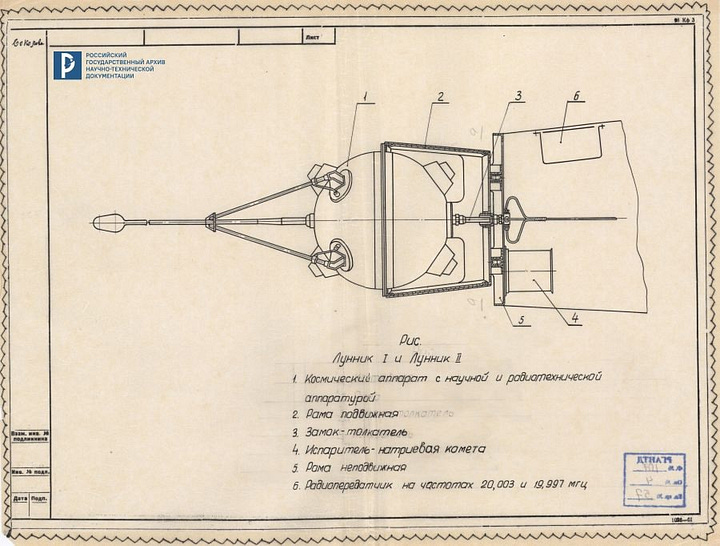

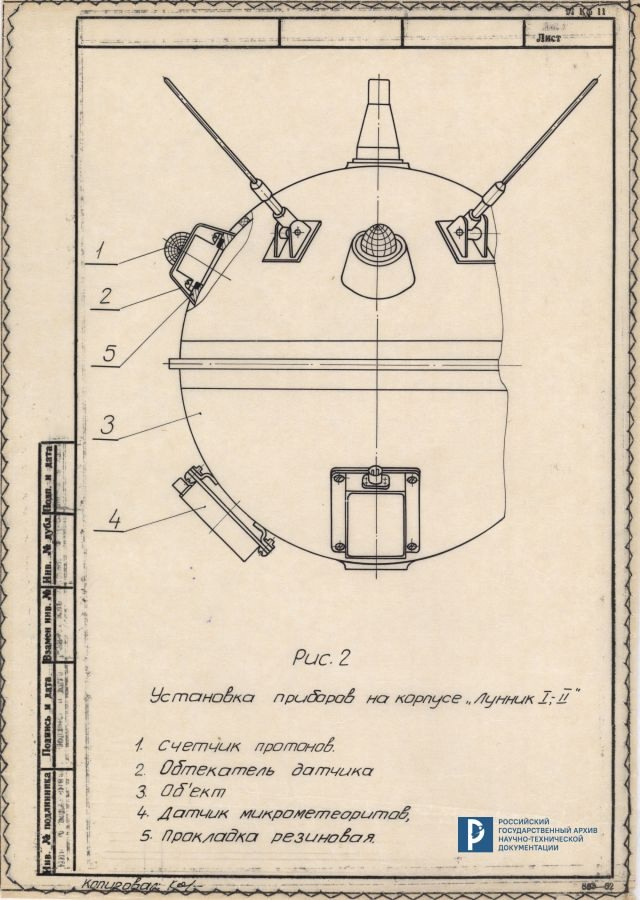
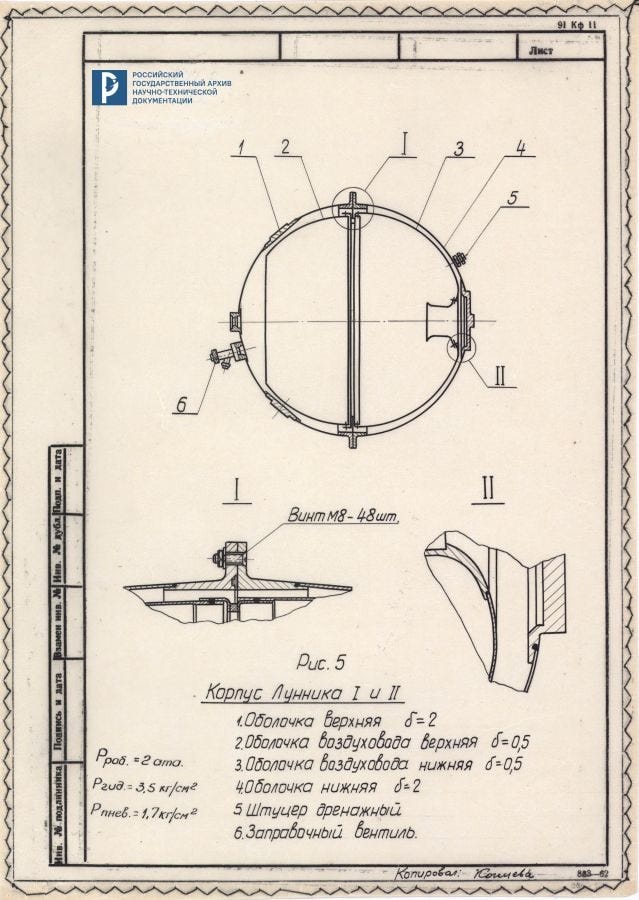
E-8 Lunar telescope
The second item in this post concerns the recently declassified design for a robot lunar telescope, to be delivered to the lunar surface using the “Object E-8” platform, which that also landed Lunokhods, and the Luna 16 Sample return.
Here are some notes from Roscosmos:
In the late 1960s, the USSR planned to build the world's first astronomical observatory on the Moon. This was reported by Roscosmos, citing declassified documents signed by the director of TsNIIMash, Yuri Mozzhorin, in 1967.
The observatory was to become a prototype of future lunar stations designed to conduct continuous and comprehensive observation of the Sun, Earth, planets, and stars. It was supposed to be created on the basis of the E-8 lunar landing station and launched to the Moon using the Proton-K launch vehicle.
The document notes that the creation of the first lunar observatory "will confirm to the world community that the space exploration program developed in the USSR provides extensive scientific information and does not provide for premature and sensational flights of manned vehicles before all the capabilities of automatic devices have been exhausted."
It is also reported that the Moon is a natural, fairly stable platform for an astrotelescopic system, from which any object in the Universe can be observed continuously for almost 14 days. In addition, astrophysical research can be carried out from it without the influence of the atmosphere.
There’s not a lot of information available apart from this diagram. Some notes:
The note lower right is a direct translation of text on the original document.
The actual telescope is not very big, and appears to be something along the lines of a 0.6 metre diameter folded optics design, (catadioptric type).
This seems rather small to provide any ground breaking observations to me.
The diagram just calls it a reflecting telescope but with a length of only about x2.5 the diameter I think some sort of folded optics must be used.
I assume the electric rotary drive is the azimuth part of an altazimuth mounting. Looking at the overhead view, this looks to be round, which makes sense for a turntable.
There’s some extra equipment in the form of unspecified boxes, and x-ray detectors.
Doppler equipment would be used to determine, (and control), the landing velocity.
This edition’s cool images:
Not one this time, but three! Three photos of Sputnik 1 which are new to me at this quality. As always, click for a full sized version.
This edition’s cool link:
Accura Space Models, NK-33 rocket engine model
I got a discount for promoting it, but I think you can see for yourself that it’s an excellent quality model, with superb detail, and no 3d printing artefacts.
This edition’s 7 day special download:
Russian PDF document covering the Luna 16 sample return mission, nicely illustrated. (This also used the E-8 [platform).


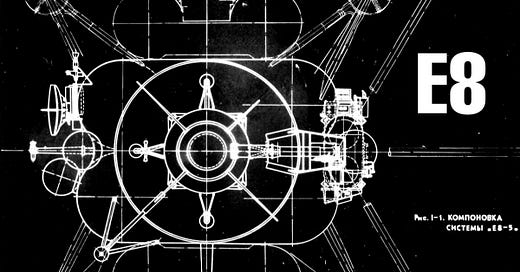




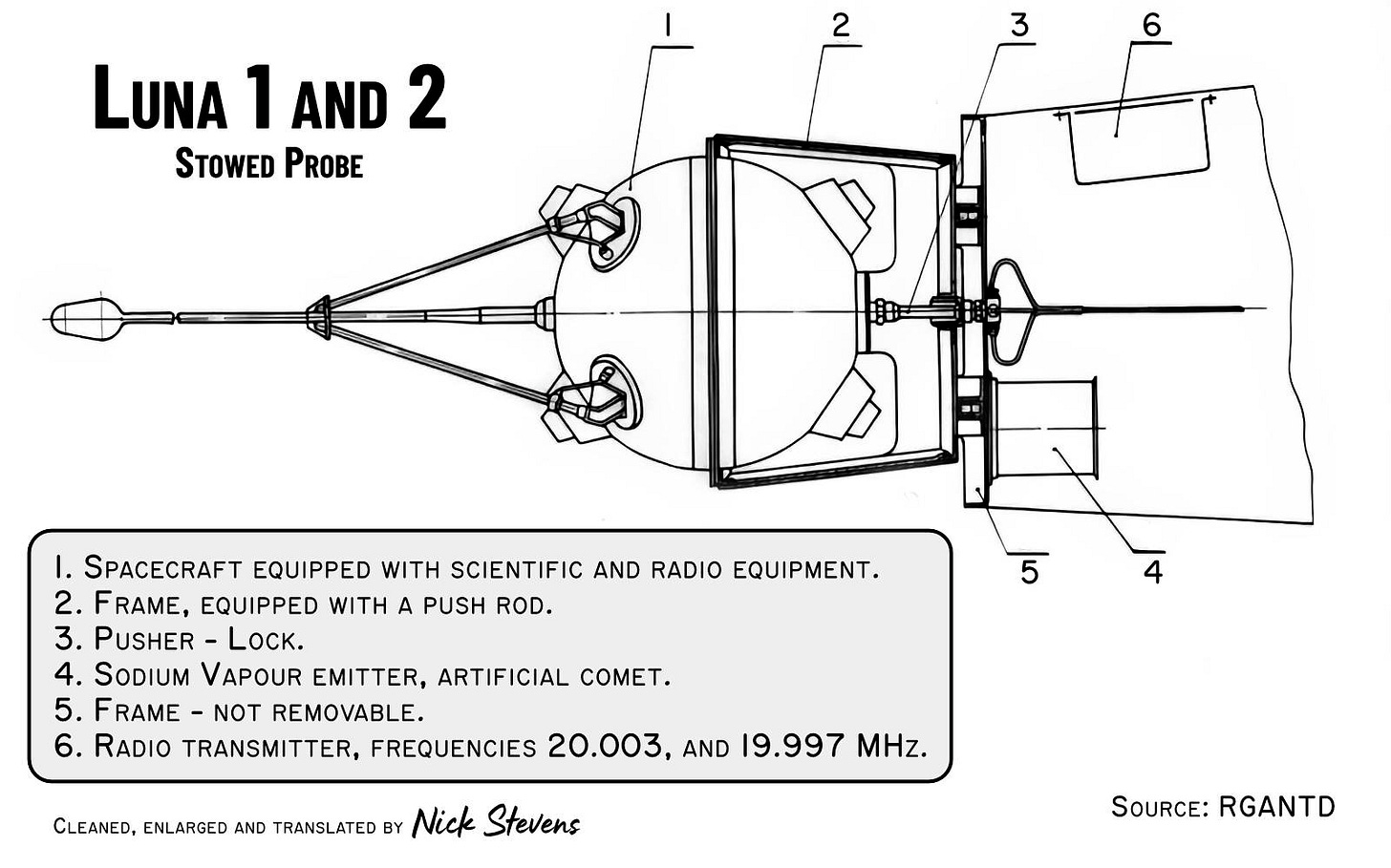

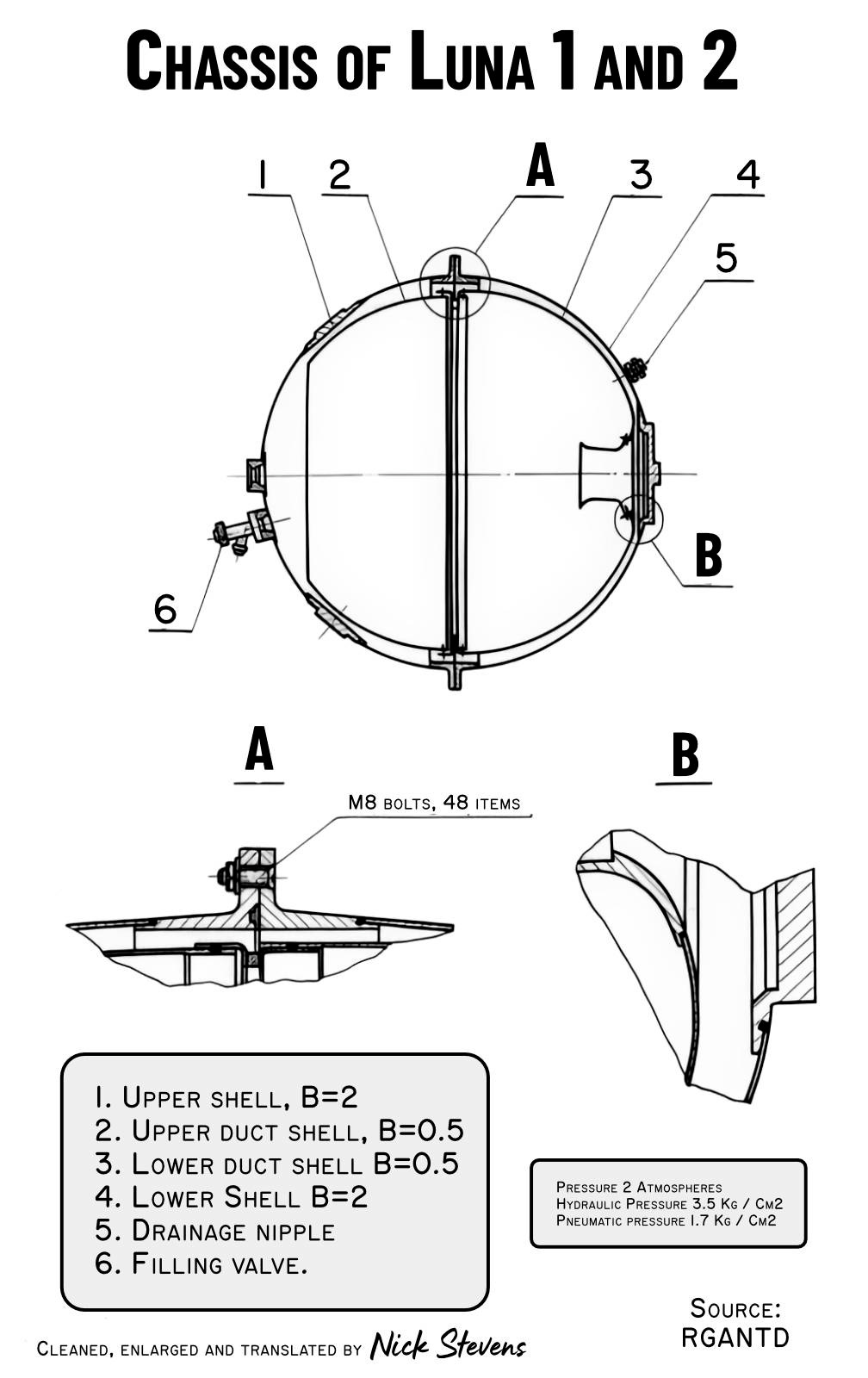

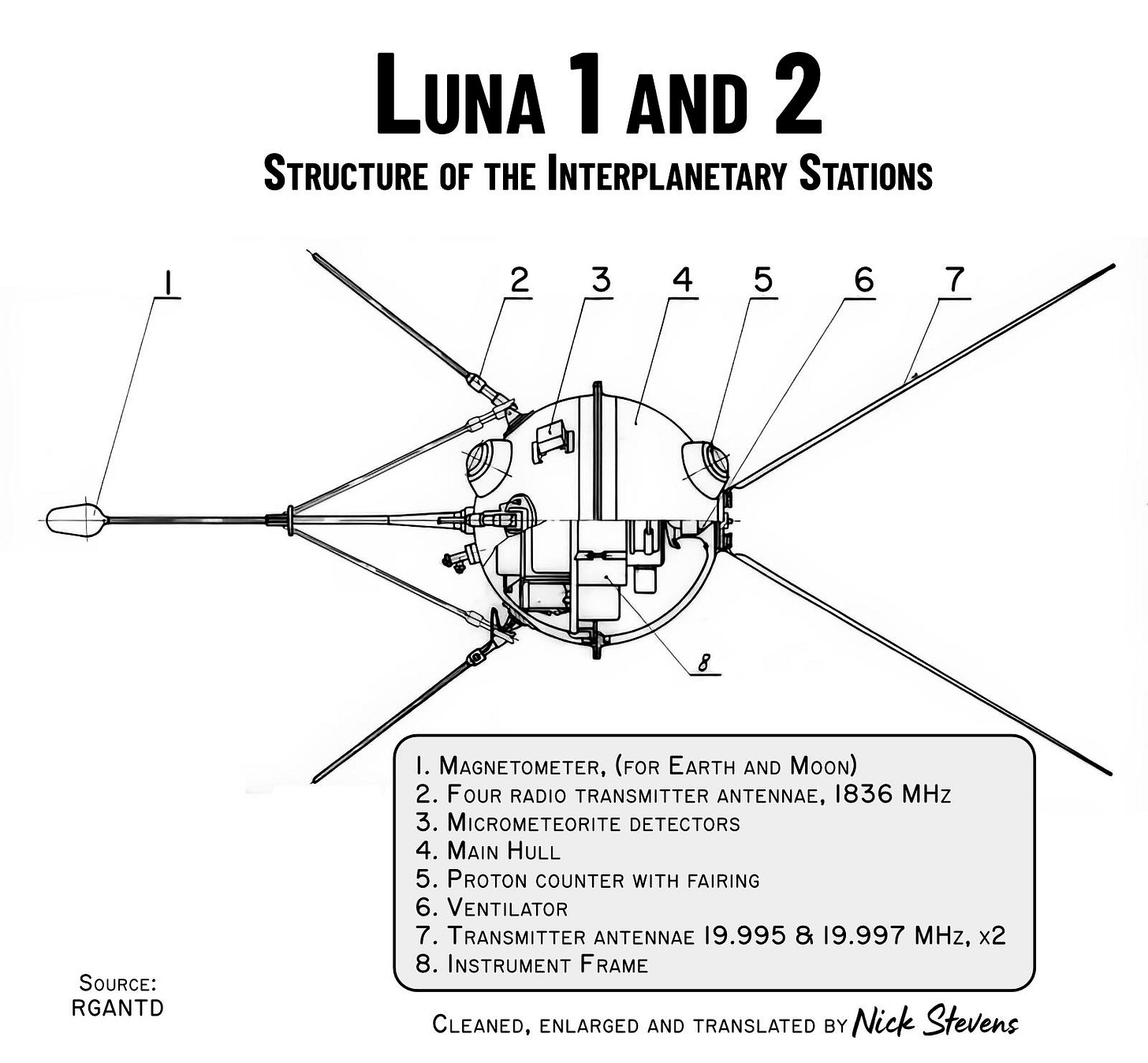
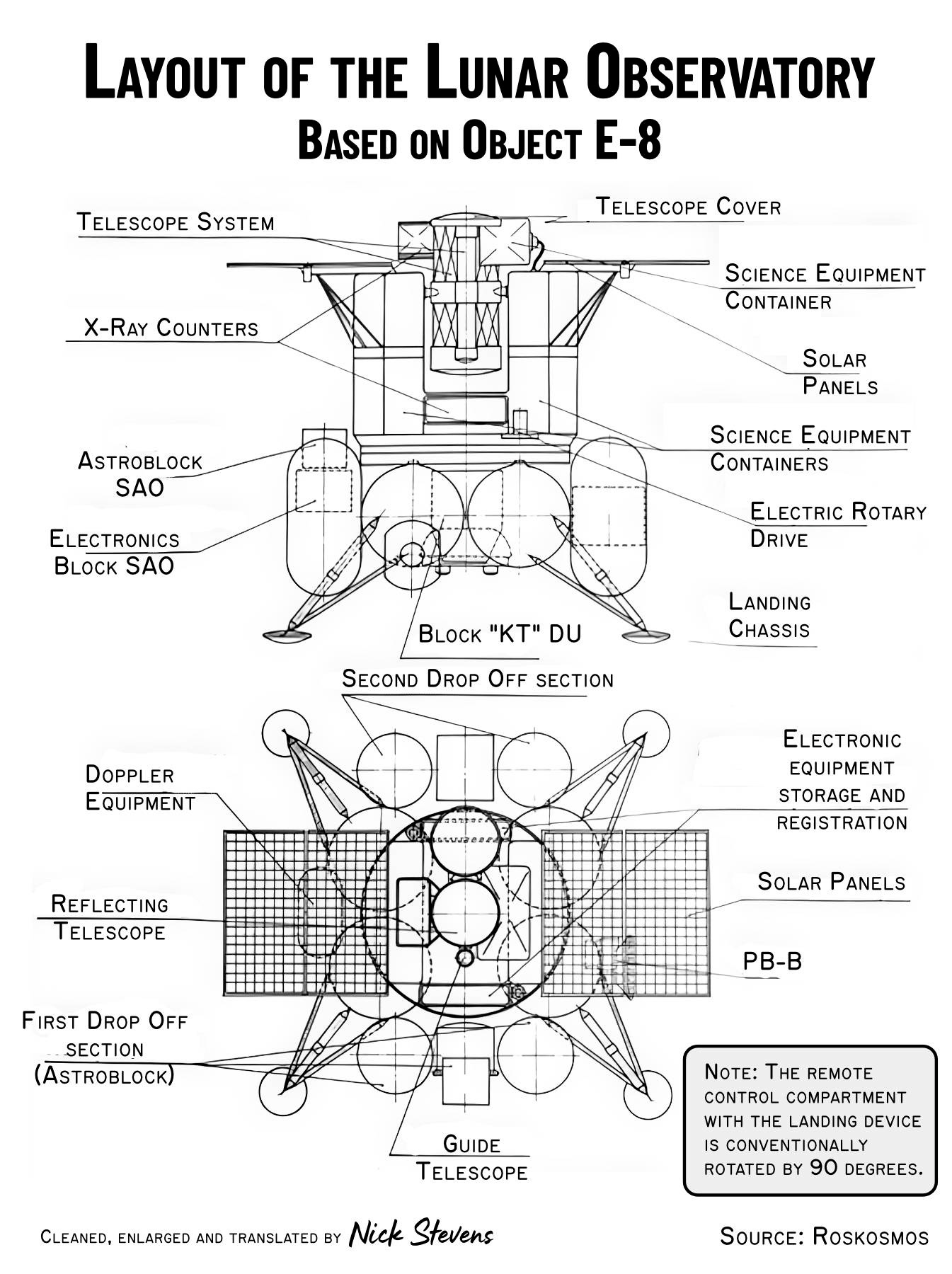
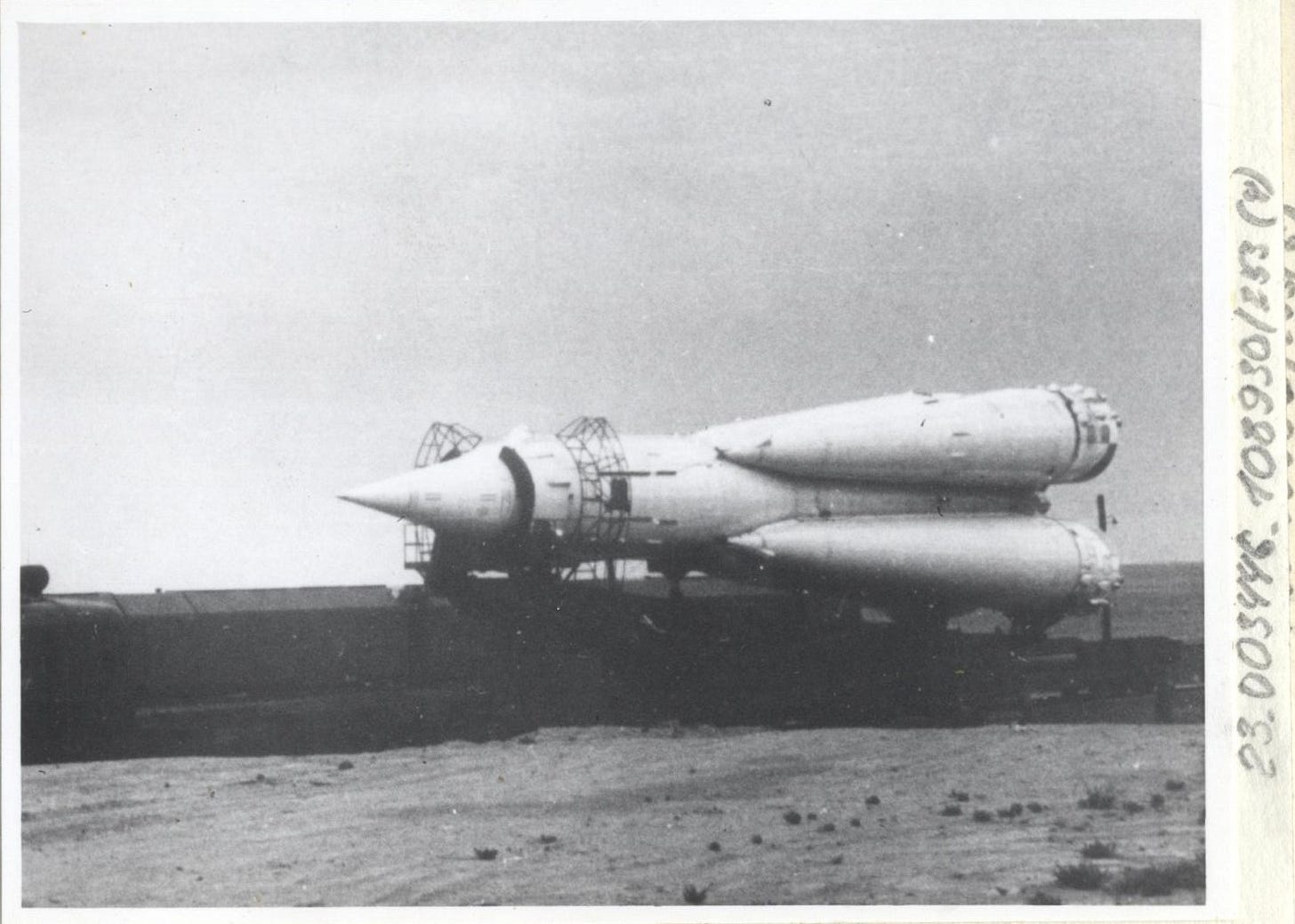
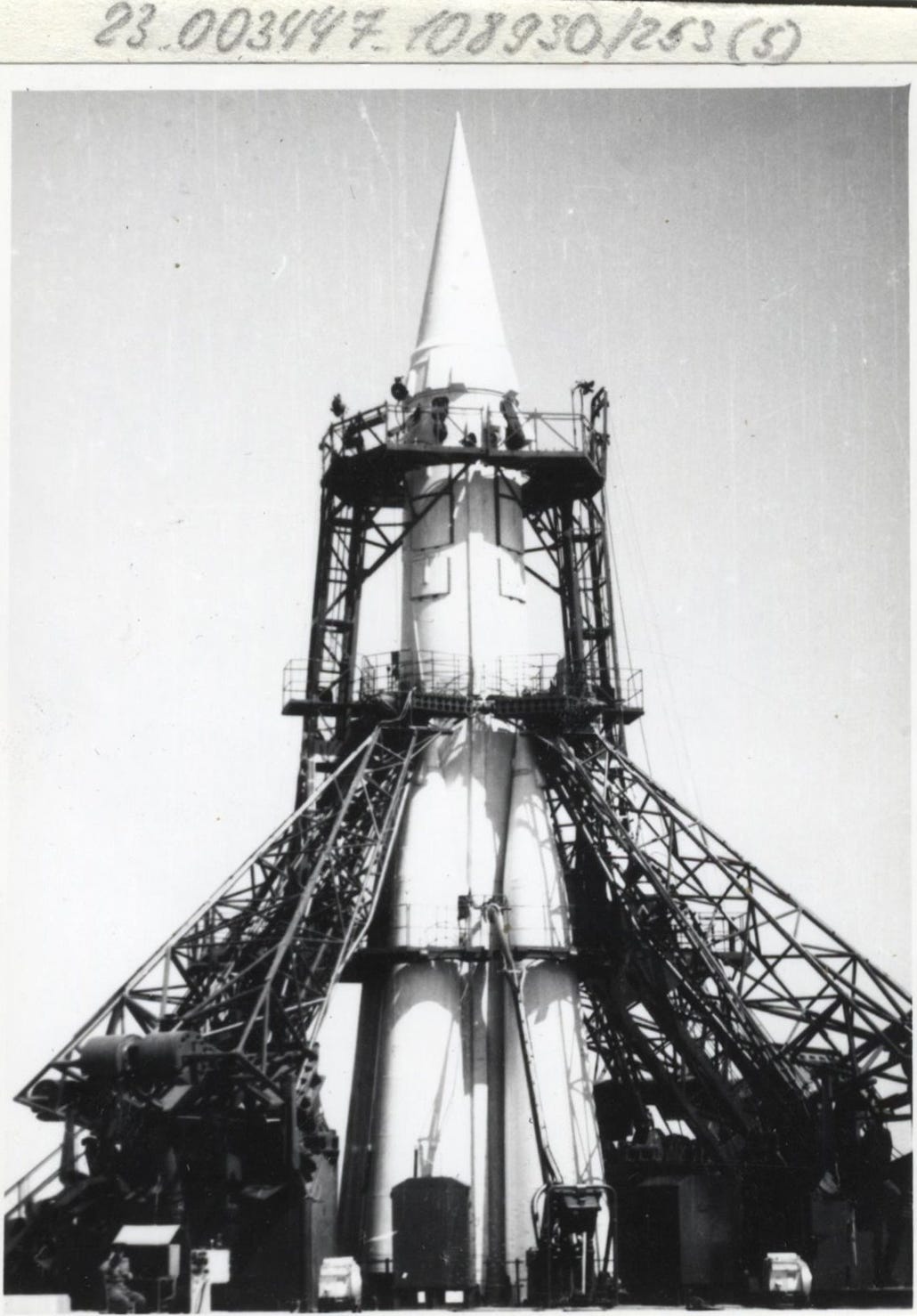
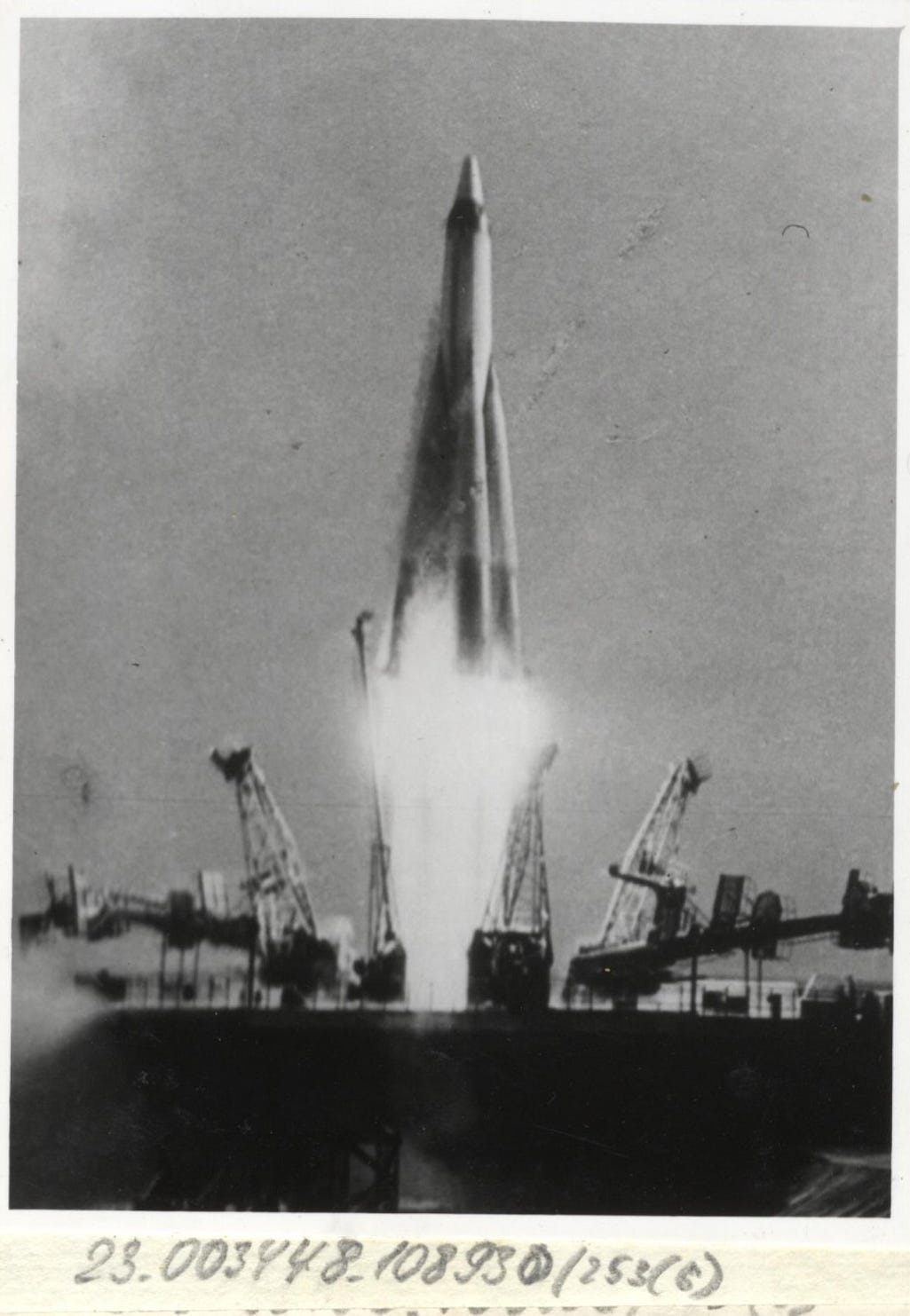


EXELENTE !!!!!!!!!
me gusta mucho esto, en Sudamérica no llegan este tipo de información.!!!!!!
Muchas gracias saludos cordiales Hernán.
Thank you so much .I just love reading your amazing, so well researched posts